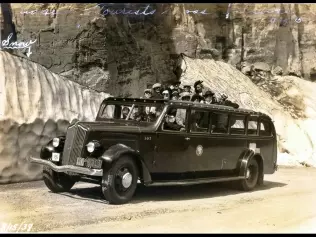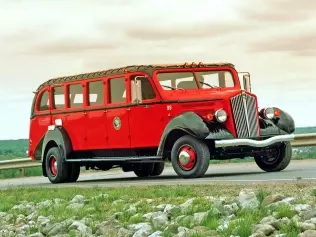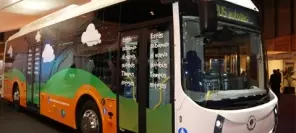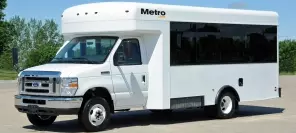- Main page
- Search
- Up to date
- Products
- Technology
- Vehicles
- Video
- Conversion Payback Simulator
Port Injection - Conversion Payback Simulator
Direct Injection - Conversion Payback Simulator
Diesel - Newsletter
Red Jammers - White 706 buses powered by LPG
 loading results...
loading results... © Ford
© Ford  LPG-powered White 706 bus is specially designed to carry tourists. Open roof makes it easy to enjoy the views in Glacier National Park
LPG-powered White 706 bus is specially designed to carry tourists. Open roof makes it easy to enjoy the views in Glacier National Park 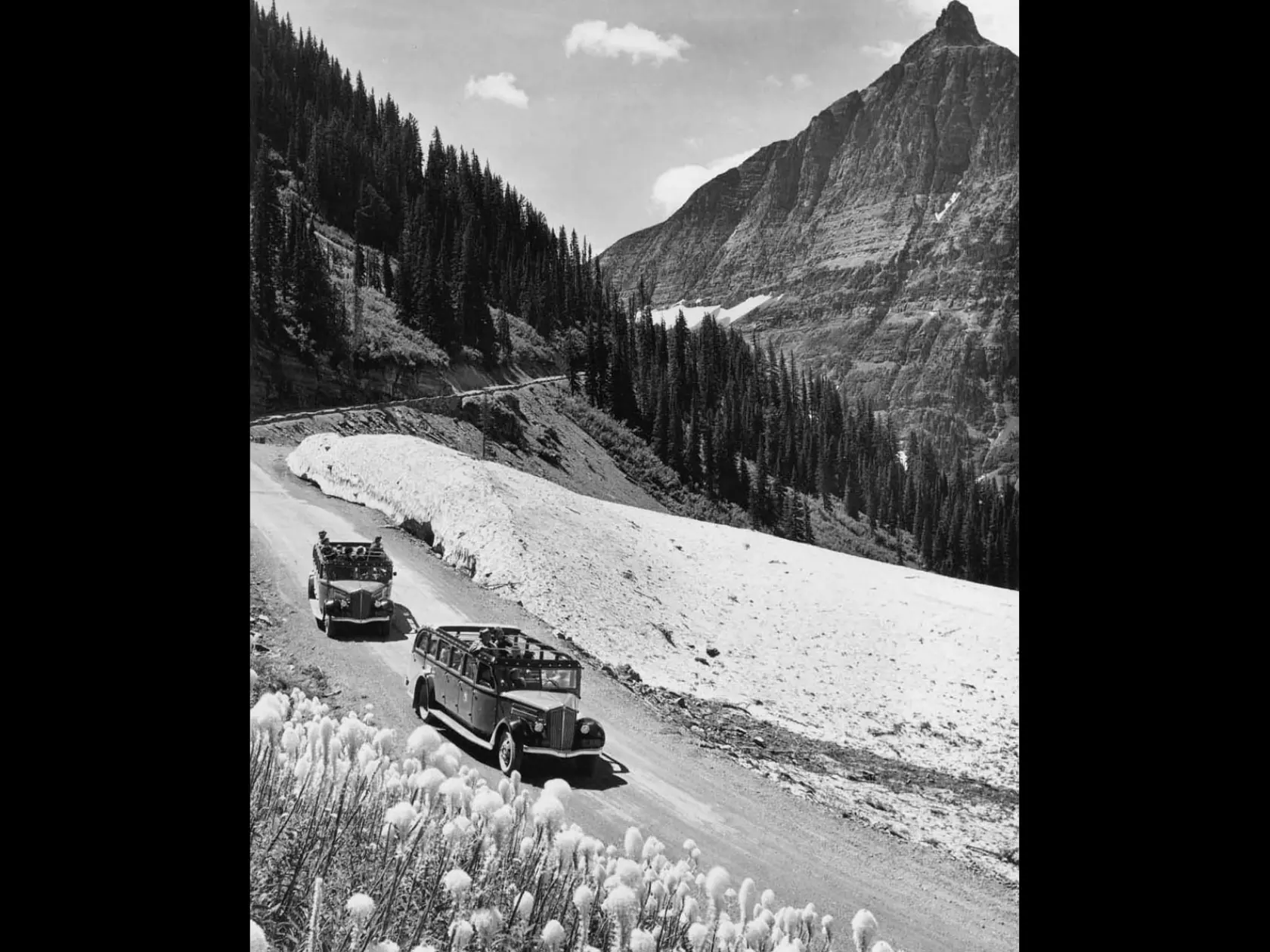 Pre-restoration White 706 in Glacier National Park
Pre-restoration White 706 in Glacier National Park  During restoration works, White 706 received LPG-powered V8 engine
During restoration works, White 706 received LPG-powered V8 engine 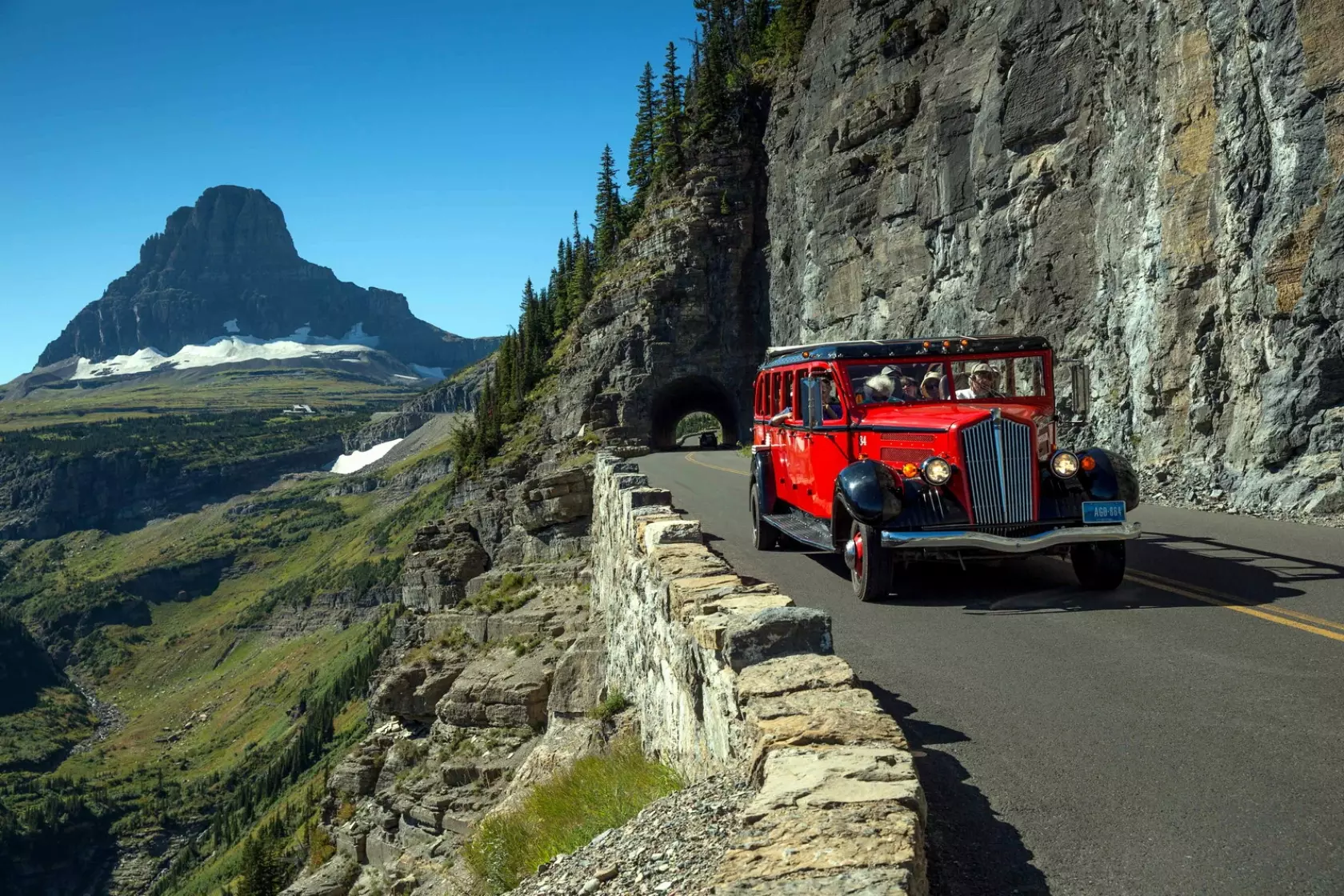 LPG-powered White 706 in Glacier National Park
LPG-powered White 706 in Glacier National Park 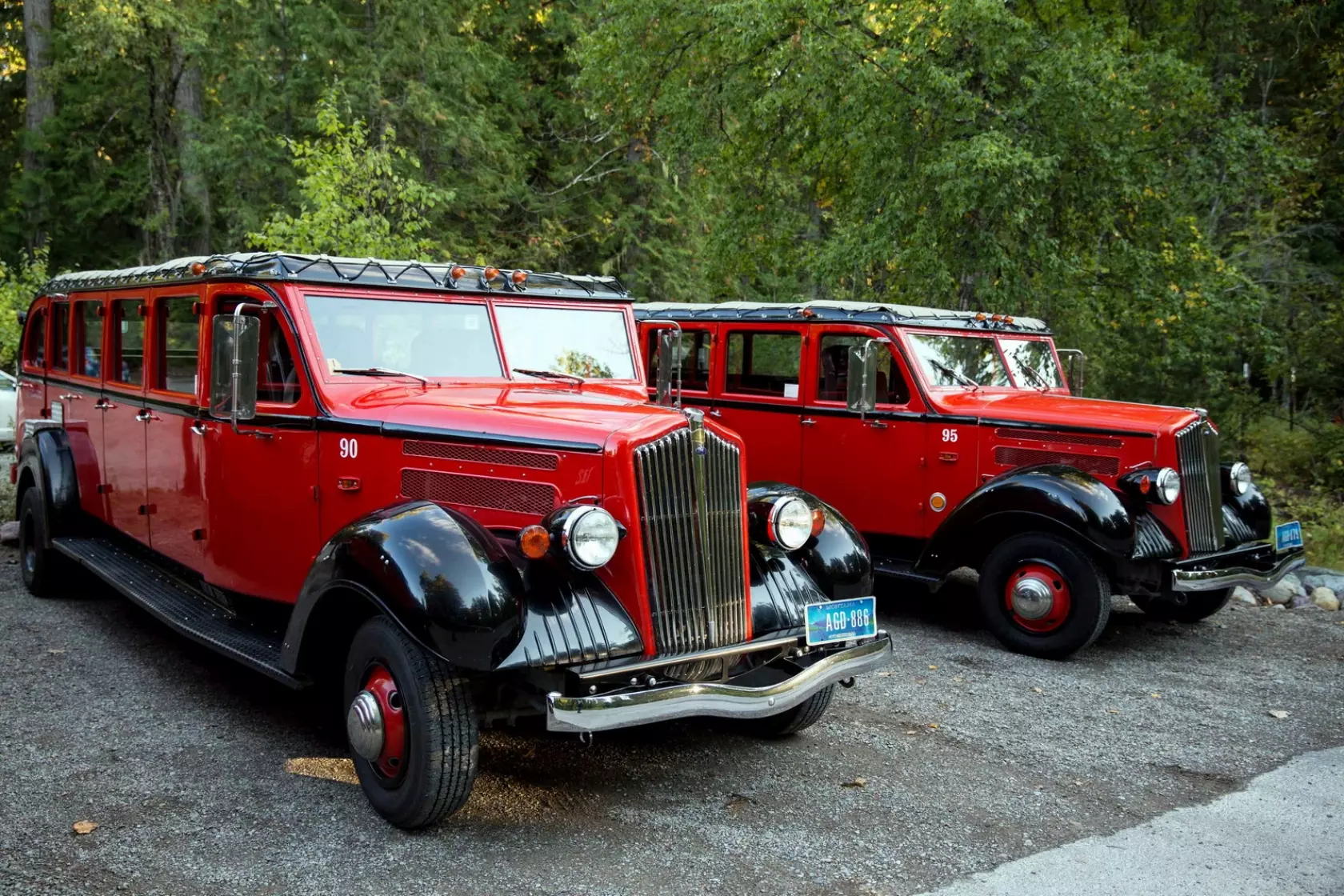 White 706 buses after restoration works
White 706 buses after restoration works 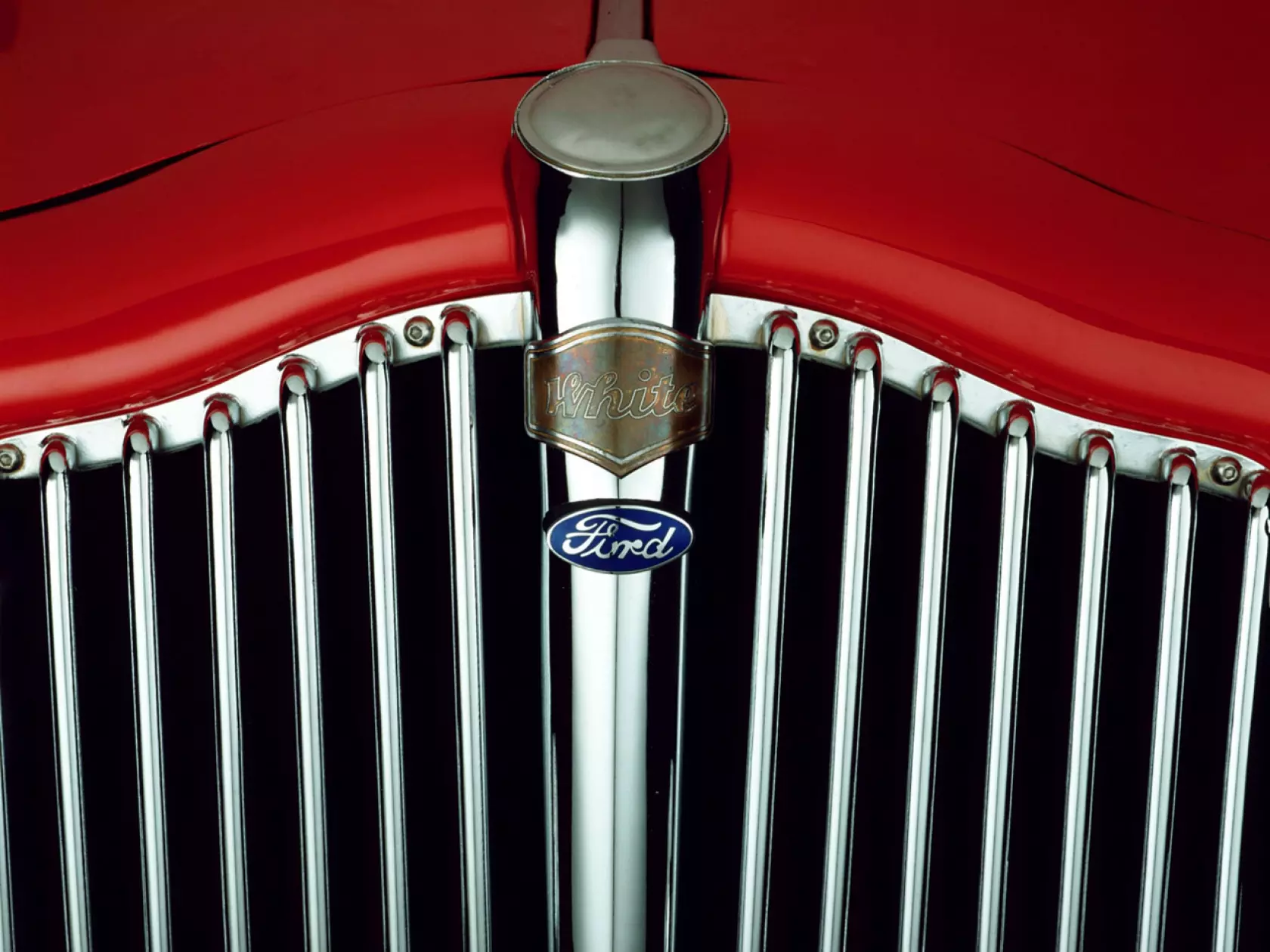 Since restoration works carried out between 199 and 2002, White 706 buses have Ford logo on radiator grilles
Since restoration works carried out between 199 and 2002, White 706 buses have Ford logo on radiator grilles 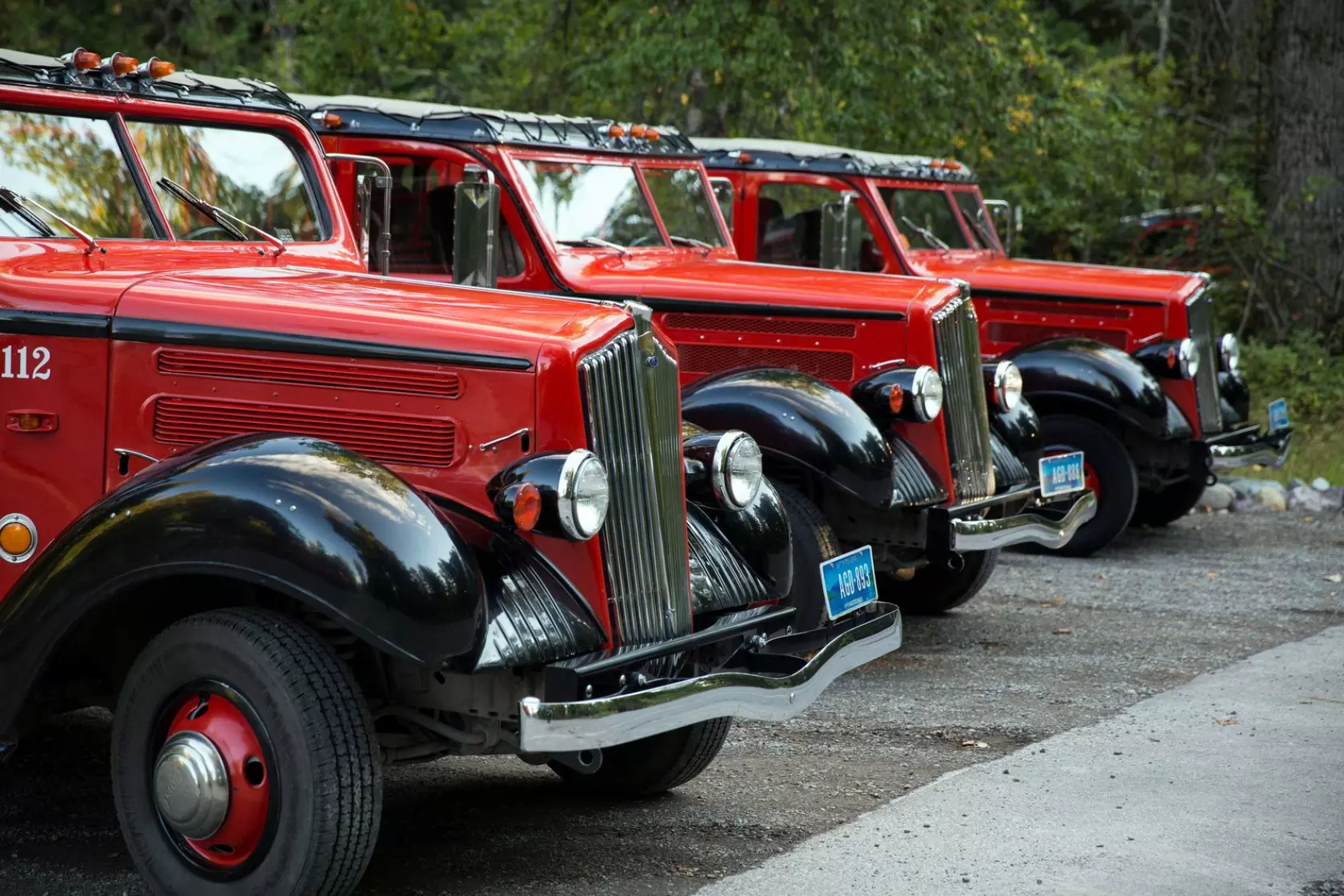 Red Jammer - 17-seat White 706 buses powered by LPG
Red Jammer - 17-seat White 706 buses powered by LPG 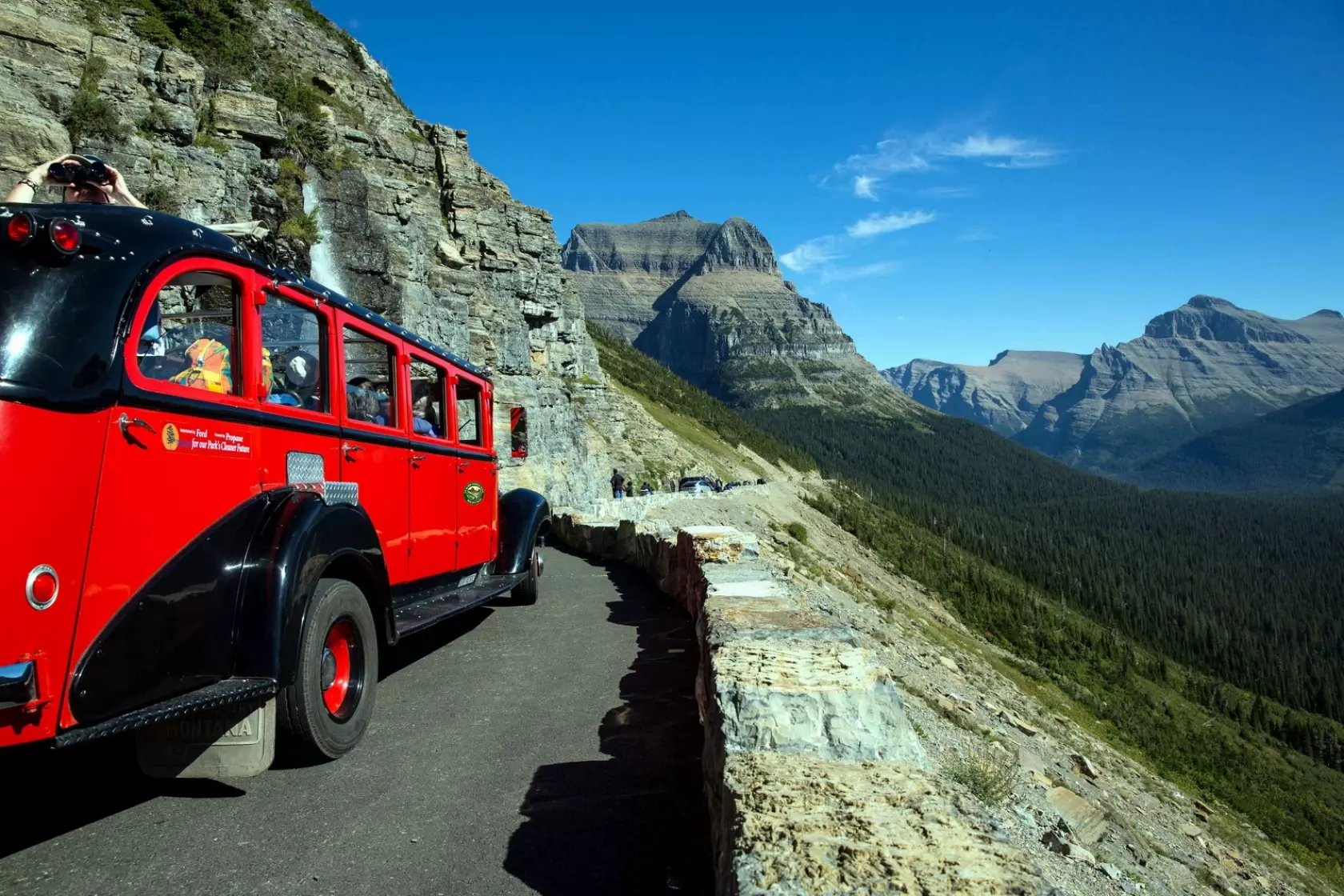 LPG-powered White 706
LPG-powered White 706 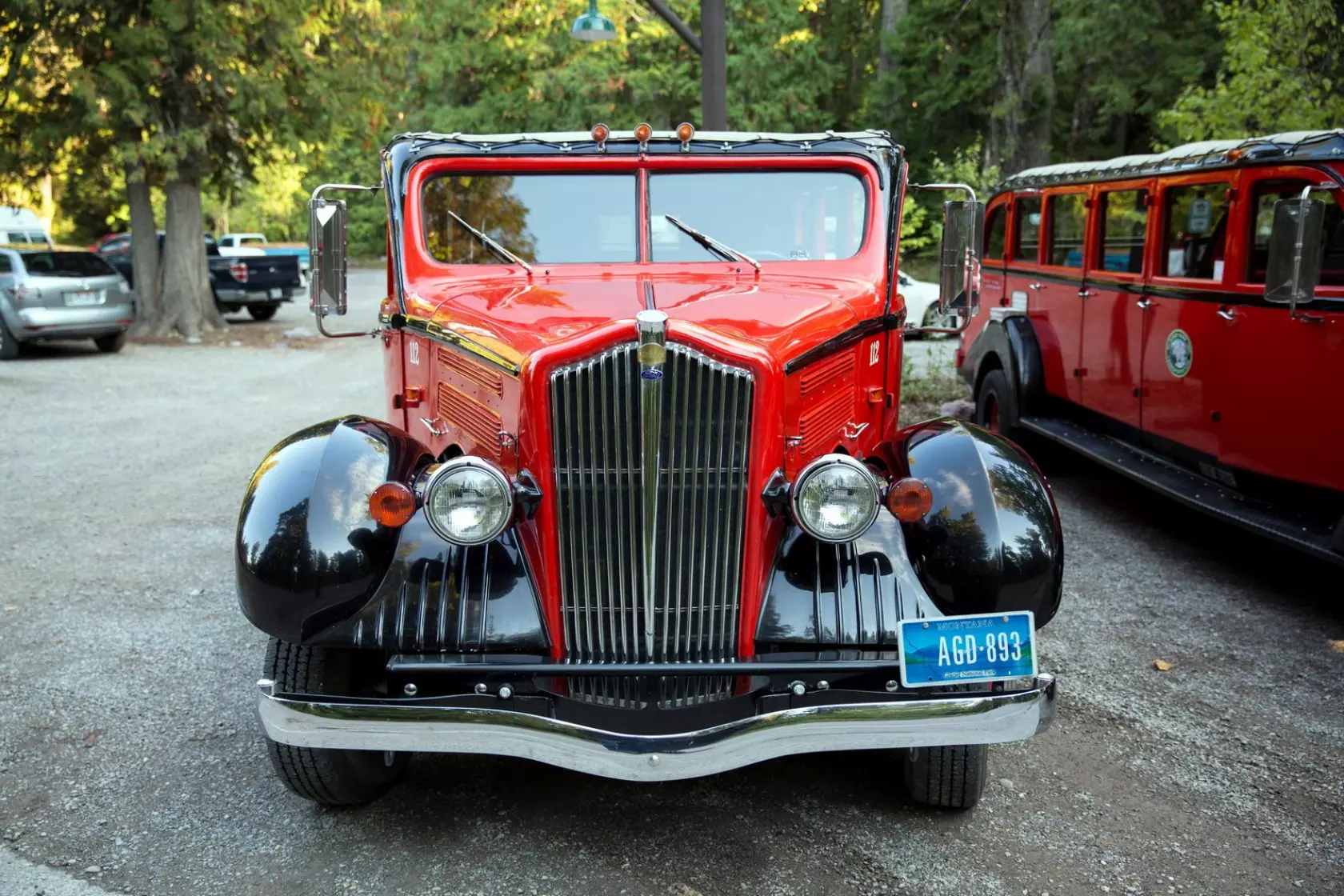 Red Bus - White 706 powered by LPG
Red Bus - White 706 powered by LPG 









From 1918, White focused exclusively on commercial vehicles. Up until 1980, it did great, taking over many smaller companies during that time. After White closed down, a large portion of its assets was taken over by Volvo.
White became famous primarily for their Red Buses used to carry tourists in national parks. First Red Buses were delivered in 1914. But the most famous White bus that was carrying tourists in the national parks was the 706 model that could take as many as 17 people on board. White manufactured about five hundred 706 buses. They operated in many American national parks, and they’re still in operation in Glacier National Park.
Of course, such long working life of the buses meant that they had to be restored along the way. The first restoration took place in 1989, but 10 years later the buses were being withdrawn due to poor technical condition. Another restoration was being carried out from 1999 until 2002. Due to the fact that Volvo, who took over a large part of White’s assets, was a part of Ford back then, and Ford was one of the partners of American national parks, the restoration was carried out with the participation of specialists working for an American tycoon – TDM.
Good to know
The name Red Jammers stuck to White 706 buses due to the use of transmission that had no synchronization. It required a double clutch, which was a source of noise
The repairs involved taking care of all mechanical parts and the vehicles bodies. 33 buses were given a second youth during those 1.5 years. $ 6.5 million was spent on it.
The vehicles’ propulsion systems were equipped with LPG-powered V8, 5.4 liter engines. These are bi-fuel engines and apart from running on gas, they can also run on petrol. Ford estimated that the exhaust gas emission in those new vehicles is about 93% lower than in the original carburetor engines from the 1930s.
Restoring Red Buses have been a bigger challenge than any of us imagined. We worked diligently to maintain the historic integrity of the buses and applied Fords and TDM’s expertise in alternative fuel vehicles and safety.
Bruce Gordon, director of Fords Alternative Fuel Vehicles
Apart from the engines, the chassis was replaced and the gearbox was also changed for an automatic one. The framework of the first White 706 buses was made of oak. During the restoration process carried out by Ford, the company’s E-450 chassis was used, adapted to fit the 706’s historic body. Brake systems were also modified. The buses received disc brake mechanisms on all wheels as well as ABS.
All windows were replaced by new ones made of safety glass, and the lights were adapted to current standards.
Despite the use of new technologies, the company sought to preserve the historic character of vehicles.
Ford was also involved in supporting the infrastructure for vehicles powered by alternative fuels. As a part of the Red Bus project, Ford helped financing two LPG stations where Red Jammers are refueled. One is located in West Glacier, the second in East Glacier. Both are also used to refuel other vehicles.
It is widely believed that the fleet consisting of 33 Red Jammers, also known as Red Buses, is the oldest tourist-carrying group of vehicles in the world. 17 of those buses were manufactured in 1936, 11 in 1937, 4 in 1938 and one in 1939. All of them are, of course, powered by LPG to reduce the effect they might have on the national park’s environment.
Red Jammers run between Glacier National Park (Montana) in the United States and the neighboring Waterton Lakes National Park in Alberta, Canada. They carry about 60 thousand tourists each season.
